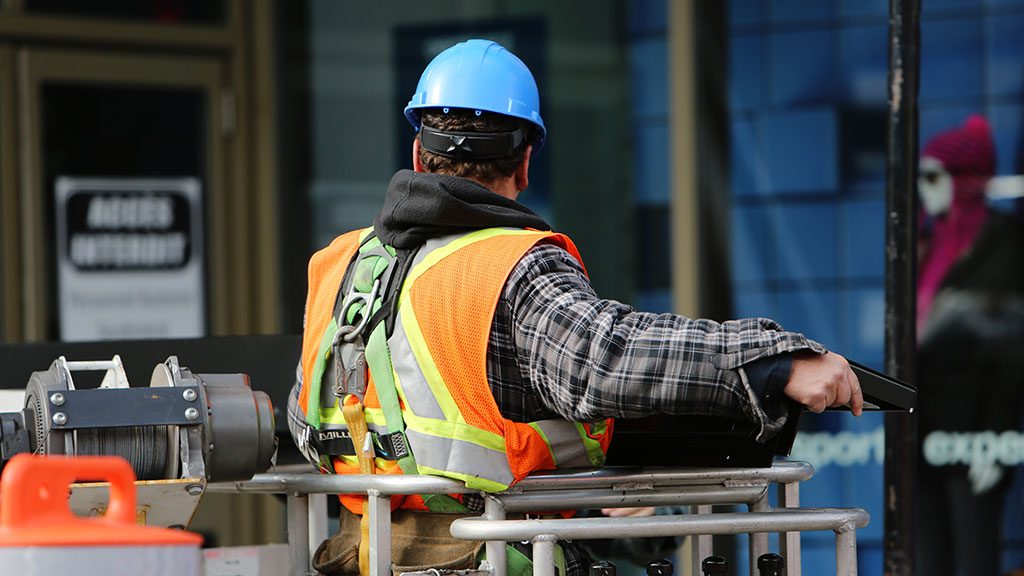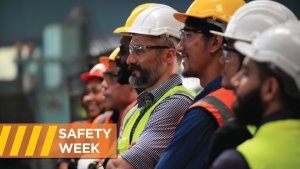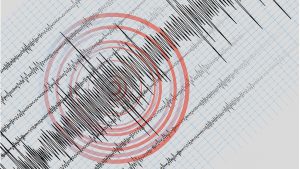Ministry of Labour (MOL) inspectors found rampant violations of health and safety regulations last year on proactive worksite visits, with almost three orders and requirements issued on average for each workplace visited in the case of working at heights (WAH)
inspections.
The results are contained in year-end reports prepared by the MOL that summed up Workplace Inspection Initiatives completed in 2018.
The WAH report, issued in November, indicated that MOL inspectors conducted 788 construction field visits during the month of June and issued 2,158 orders and requirements for an average of 3.05 orders and requirements issued per workplace visited.
The ministry’s acting director of occupational health and safety and chief physician in the health and safety branch, Dr. Leon Genesove, explained inspectors tend to visit workplaces where there has been a history of non-compliance with the Occupational Health and Safety Act and other violations, determined from WSIB information and MOL compliance records among other data.
Because of this, the statistics do not reflect the average construction workplace.
“From an enforcement standpoint we focus on workplaces that are high-risk,” he said.
Tradespersons with WAH training are much more likely to buy in to an effective safety program
— David Frame
OGCA
“It just speaks to the continued need for ongoing awareness training and understanding of hazards in the workplace.”
In 2017, there were seven fatalities and 66 critical injuries attributed to WAH in construction. That year, inspectors issued 12,649 orders involving WAH violations.
Ontario General Contractors Association director of government relations David Frame suggested a safety culture must continue to be developed among contractors and workers.
“Despite over 500,000 persons completing the working at heights training, there is no measurable improvement,” he said in an emailed comment when asked about the report.
“Our experience is that unless the contractor insists on compliance and quality equipment is available then shortcuts will be taken or training will be completely ignored.
“The positive experience, however, is that tradespersons with WAH training are much more likely to buy in to an effective safety program. Success must include not only training but a culture that insists on using it.”
Initiatives targeted at the construction sector in 2018-19 besides WAH/fall protection included reversing equipment, internal responsibility systems, construction employment standards and, regionally, road construction projects, construction workplaces that use temporary help, construction utility work and dumptruck hazards.
The orders issued during the June WAH inspections covered a range of major and minor violations, including failure to wear protective footwear (82 orders), failure to provide guardrails or similar protection (197 in total), failure to ensure workers are trained to use fall protection systems and given adequate orders (80 orders), ladder violations (69) and failure to comply with requirements for scaffolds or other work platforms (70 orders).
Genesove said the ministry is revising its inspection program, dropping its “blitz” terminology and instead taking a two-stage approach to the proactive inspections, with the first being education and awareness, followed by enforcement.
“We are developing more positive terminology,” he explained.
“The blitz was a pure enforcement concept, so we are in a transition year right now. We are moving to initiatives, providing information ahead of time through the Ministry of Labour and the IHSA (Infrastructure Health and Safety Association) to help them comply with the Occupational Health and Safety Act to help make their workplaces safer.”
Genesove said the reforms in the proactive inspection program have been underway since before the last election, with the ministry in close consultation with its health and safety delivery partner the IHSA.
“What we have emphasized in the last two years, and will continue into 2019 and 2020, is compliance assistance,” he said. “How do we help workplaces become safer? How do we provide support to workplaces? How do we assist workplaces and give them the proper information they need to understand what their obligations are and to make workplaces safer for workers?”
The ministry website currently lists specific health and safety initiatives as well as Employment Standards Act initiatives for 2018-19, with most wrapped up last year but others such as the construction sector internal responsibility system program continuing to March 31.
Genesove said the MOL has been engaging in stakeholder consultations to draw up the next set of inspection initiatives, with a probable April 1 timetable in sight for announcing them.
He said there has been no indication from the new government that any of the inspection programs are on hold or under review.
“We are continuing on with developing our plans…with 100 per cent support,” Genesove said of perceived government commitment. “It has been very positive.”
Asked for comment, Minister of Labour Laurie Scott said in a statement, “As Minister of Labour, my top priority is to ensure that every worker in Ontario has a safe workplace and a good job. The ministry is regularly reviewing procedures and policies and trying to improve.”










Recent Comments
comments for this post are closed